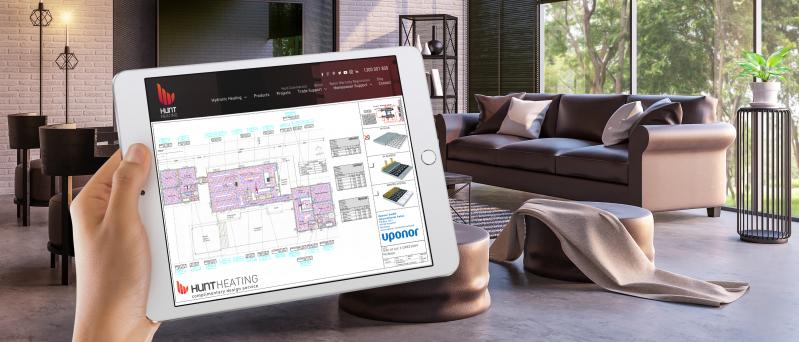Induction home heating is one of the unique approaches of directly heating up an electrical steel component by circulating electric currents in contrast to a lantern or open fire. Induction home heating makers rely upon the characteristics of super high frequency power moving warmth to the part using electro-magnetic waves. There are numerous benefits to this procedure. The component does not enter contact with any kind of fire while there is no threat of contamination to the item. The inductor in the system does not get hot. These devices work on the principle of Faraday’s Legislation. A solid state radio frequency power supply passes alternating existing with a copper coil inductor including the heated part. The inductor acts as the primary transformer while the heated metal part is a secondary short-circuit. The metal component that goes into the electromagnetic field circulates eddy currents within the component. The flow of eddy currents creates local warmth with no get in touch with made in between the inductor and also steel component.

Induction welding is used to soften, solidify and also bond steels and conductive products. There is a variety of swearing in heating makers that offer a combination of uniformity, speed and also control for manufacturing processes Aspects to take into consideration. The efficiency of induction home heating makers depends upon a number of variables. Few factors consist of the attributes of the component, inductor style, ability of the power supply, and exact temperature required for the application. One can utilize an electrically carrying out things normally metals for induction welding. Plastics and various other non-conductive materials requires indirect home heating with a conductive steel subsector. Magnetic products are simpler to warmth through this procedure since they have high leaks in the structure as contrasted to non-magnetic products.
Heat intensity, Power Supply and also Inductor Style Heating strength is a vital element to take into consideration because around 85 percent of the heating result occurs externally of conductive materials. Heat strength decreases with the increase of distance from the surface. Frequencies of 100 to 400 kHz are ideal for smaller sized parts, while longer heating cycles at reduced frequencies are effective for deep, permeating warm. The size of the induction power supply is commonly determined by figuring out the quantity of energy transfer required for the specific heat calculator. This relies on particular warmth of the material, its mass, and the required increase in temperature. The design of the inductor is an important aspect given that the varying electromagnetic field needed for induction establishes within the inductor. The inductor gives the exact heating pattern and also optimizes the performance of the induction heating power supply.